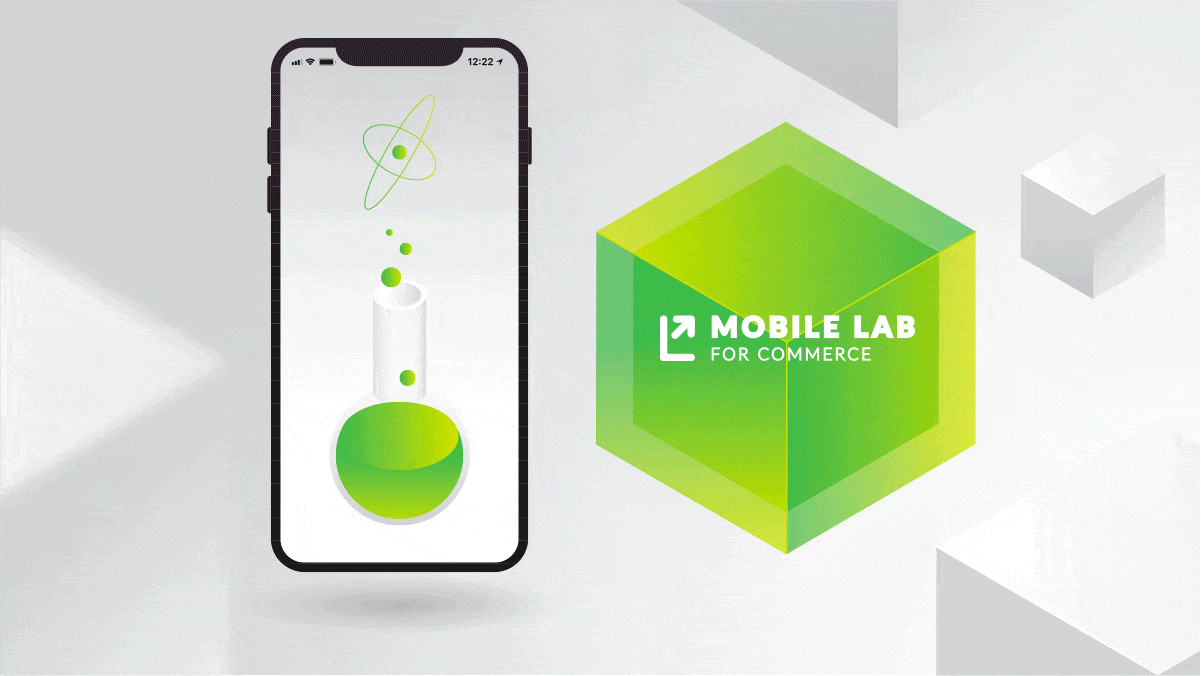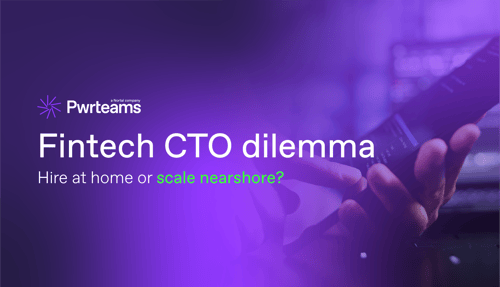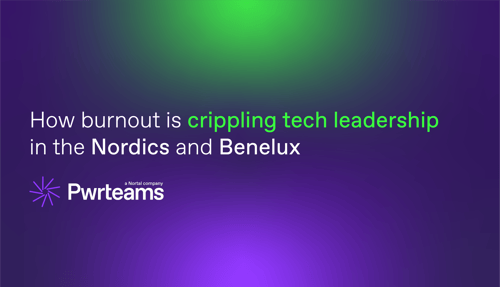10 Best Mobile Commerce Apps: Best Cases


Mobile commerce, or m-commerce, apps are on the rise. In March 2020, 52% of the internet traffic was from mobile devices. What does this mean for online retailers? It means they need to adapt and accept the trend to stay competitive.
In our new post, the pwrteams Mobile Lab team gathered examples of the most prominent mobile commerce apps. These apps help their brands raise brand awareness, boost customer loyalty, and improve conversion rates with effortless purchasing processes.
Why build a mobile commerce app: 5 benefits of m-commerce
A recent study showed that as much as 79% of mobile users made a purchase from their mobile device in the last six months. Users enjoy the ability to shop on the fly, paying effortlessly with mobile wallets. There are other benefits of m-commerce apps though.
- Improved customer experience (CX). Extra functionality available on mobile attracts busy users and millennials that expect fast customer service. Features like augmented reality (AR), push notifications, and instant chatbot-powered support aid in creating outstanding CX.
- Easy mobile payments. M-commerce simplifies the payment process with built-in mobile wallets like Apple Pay and Android Pay. As a result, there’s no need to enter credit card details – the purchase takes a few taps to be completed.
- Additional marketing channels. Mobile commerce apps cater to your overall omnichannel strategy and help you come up with additional marketing strategies. With push notifications, extra deals and savings, loyalty programs, and other marketing campaigns, you’ll be able to stir the interest of your target audience and boost sales.
10 M-commerce Apps That Everyone Is Talking About
1. Sephora
Sephora is an international beauty retailer with more than 2,600 stores worldwide. They expanded their online presence with a mobile app in 2017. In addition to standard functionality like product catalog, customer reviews, and one-click purchase, Sephora also introduced a Beauty Advisor feature. This virtual makeover feature allowed customers to try on makeup like eyeshadows, lipsticks, and foundation from the brands that have been available at Sephora.
Such a move played into Sephora’s hands. Customers would pick the shades that complimented their look and buy additional items. The upsell strategy was successfully realized with the mobile app.
2. Net-a-Porter
Net-a-Porter is a group of online luxury goods stores. With their mobile app, Net-a-Porter implements their brand awareness strategy. For example, they introduced an Editorial section. The Editorial features the latest fashion and beauty news as well as the latest Net-a-Porter collaborations, company news, and tips and tricks to create appealing looks.
3. Shopbop
Shopbop is an online fashion retailer that was acquired by Amazon in 2016. The application’s concept is implemented in the form of an online boutique.
For example, Shopbop allows its users to create a curated list of favorite designers (My Boutique) and search for the newest apparel drops in the My Boutique list. Moreover, the Shop section features standard categories with clothing, shoes, and accessories, as well as seasonal edits, looks by occasion, and customer favorites.
With a mobile app, Shopbop builds a community of fashionistas, generating sales and increasing customer loyalty.
4. Booking.com
Surprised to see Booking.com on our list? Technically, this is also a popular m-commerce app that allows tourists to find accommodation online, book it, and keep travel itineraries at hand.
Booking.com’s app managed to place the ultimate website’s functionality in an app without a deteriorating customer experience. The navigation is simple, so everyone can book and cancel their trips on the go as well as rent cars, get airport transfers, and use a loyalty program.
Check out a travel booking app that we created for the UAE client. Our challenge was to develop a customer support module, secure payment methods, ticket booking system, and more. As a result, the mobile app helped to achieve a 30% boost in conversion rates and generate 1.8 million trips.
Also, take a look at a mobile travel companion app we’ve recently built for a Swedish tourism market. The app helped its owners to increase the amount of trip bookings by 19% by introducing handy features like quick online check-in and customer service.
5. Starbucks
When Starbucks launched its app in 2009, it delivered an extraordinary experience to its users. The company decided to generate sales with app exclusive deals and a killer feature: drink order and pick-up at the closest store. In 2016, more than 20 million customers used the Starbucks app to buy drinks and participate in a loyalty program.
6. McDonalds
A mobile app from McDonalds informs customers about the seasonal and regular menus, closest restaurants, and company news. The most luring feature of the app is vouchers that allow customers to claim offers and get discounts on combo menus and get free goodies.
Because of complicated logistics and vibrant customer turnover, McDonalds hasn’t implemented delivery yet. Their customer generation tactic is based on in-app vouchers that generate extra sales.
7. Ipsy
Ipsy is a subscription service that delivers beauty boxes on a monthly basis. The app delivers an ultimate shopping experience. The users can subscribe to beauty boxes or purchase curated items in a built-in store. To attract and retain customers, Ipsy app provides flash deals and in-app offers.
8. Coursera
Coursera is a mobile and web application that offers online courses from worldwide universities. Inside the Coursera app, users can browse and purchase the courses. Its main feature is a full-fledged learning environment that allows you to watch educational videos on the go, track learning progress, and view certificates of completion.
Recently, we’ve built TimeLess Today – an online learning app for a global peace ambassador Prem Rawat. Our team ensured the stable work of the app despite a big amount of web sessions and traffic spikes. The app also performs seamlessly, delivering high-quality content to users in more than 140 countries worldwide.
9. Glossier
The mobile app for Glossier, a cosmetics brand, delights its users with intuitive user experience and easy purchasing process. Moreover, the brand introduced in-app digital gift cards and lifestyle section, Into the Gloss, that features useful articles on skincare and makeup hacks.
With a mobile app, Glossier generates a loyal audience, builds brand awareness, and shares their values in skincare and healthy lifestyle.
10. HudaBeauty
Huda Kattan, a makeup blogger and influencer, launched a namesake beauty brand in 2013. Since then, Huda managed to build a community of makeup artists and beauty amateurs that have a pure passion for makeup.
Just like any other m-commerce app, HudaBeauty allows users to search for most wanted makeup products, make a purchase, and redeem offers and discounts. However, the main feature of the app is community. For instance, the app features a #HUDABEAUTIES section with featured images of her fans wearing HudaBeauty makeup. A blog and in-app exclusives introduce her fans to Huda’s world and create a sense of belonging to something special.

In conclusion
To build a successful m-commerce app, you need to set attainable and measurable goals that’ll help you devise a correct feature list and tap into your target audience’s needs.
Here at pwrteams, we’ve got vast experience building m-commerce apps and mobile apps in other domains. Get in touch with us, and we’ll join you on a journey to building ground-breaking mobile commerce software.
READ ALSO
 September 29, 2025
September 29, 2025
Build your team or extend with ours? Here’s what helps fintech CTOs decide
Read the post September 10, 2025
September 10, 2025
Fixed-price projects vs dedicated teams: A fintech CTO comparison
Read the post September 3, 2025
September 3, 2025
How burnout is crippling tech leadership in the Nordics and Benelux
Read the post September 29, 2025
September 29, 2025
Build your team or extend with ours? Here’s what helps fintech CTOs decide
Read the post September 10, 2025
September 10, 2025
Fixed-price projects vs dedicated teams: A fintech CTO comparison
Read the post September 3, 2025
September 3, 2025
How burnout is crippling tech leadership in the Nordics and Benelux
Read the postWrite your own
success story
with Pwrteams!
Share your details in the form, tell us about your needs, and we'll get back with the next steps.
- Build a stable team with a 95.7% retention rate.
- Boost project agility and scalability with quality intact.
- Forget lock-ins, exit fees, or volume commitments.
